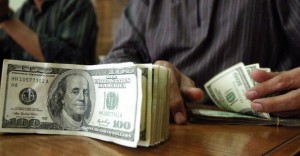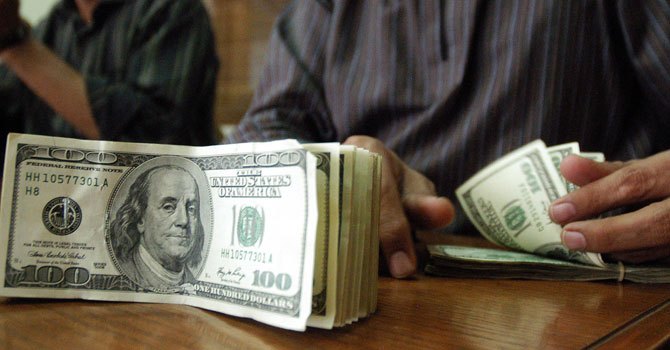
(AFP Photo)
Governor of Central Bank of Egypt Hesham Ramez met with Head of the Exchange Division at the Federation of Egyptian Chambers of Commerce (FECC) Mohamed El-Abyad on Sunday, to discuss the problems faced by the exchange market.
Following the meeting, Ramez stated that a new arrangement will be introduced to exchange companies to counter the uncertainty pertaining to the American currency’s exchange rates and to fight the black market.
“We talked about providing dollars to exchange companies, and introducing an inspection system,” said El-Abyad. “A committee of exchange companies will draft a memo with the suggested proposals that will be discussed to see whether they are appropriate for the market.”
El-Abyad noted that no new mechanisms for foreign exchange were discussed during the meeting, adding that the exchange market is part of the economic system and thus is dominated by the current confusion and the “wait-and-see” approach.
He said that the market has began to stabilise as demand for the dollar retreated.
Ramez revealed that he asked the government to modify the rules for the entry of foreign cash in Egypt, to allow any amount of cash into the country, while keeping restrictions on dollar exits.
Since last December, the Central Bank has been holding forex auctions three times a week, a procedure which aims to lower the rate of depletion in foreign reserves, which currently hover at around $13.5bn compared to $36bn before the 25 January Revolution. The auctions began by offering $75m, which was later shrunk to $60m and then $50m.
The newly introduced mechanism was accompanied by a considerable increase in the dollar’s price and a scarcity in foreign currency on the market, which led to speculation and the emergence of a parallel market for currencies to satisfy the needs of importers and individuals.




